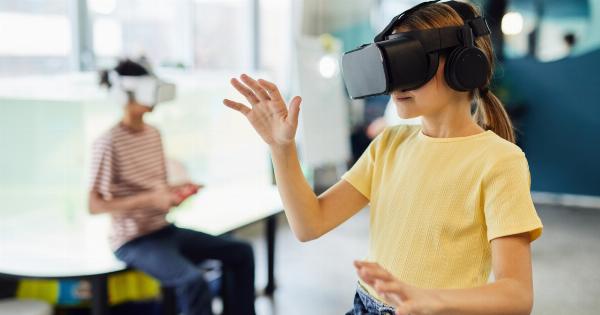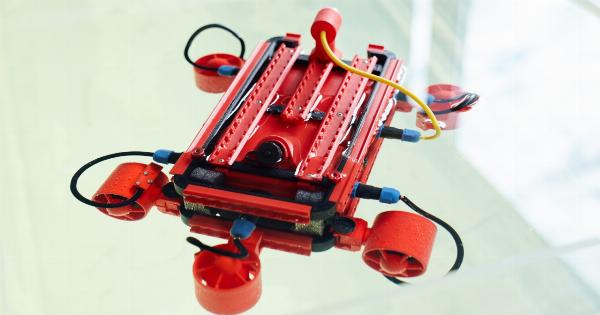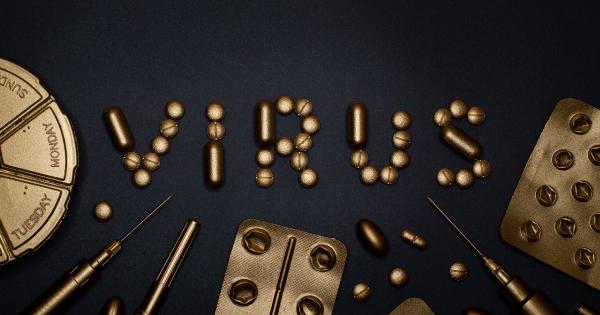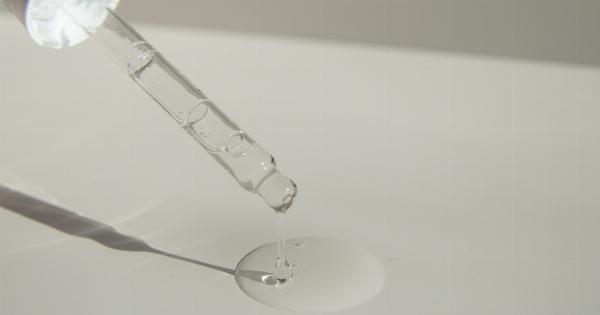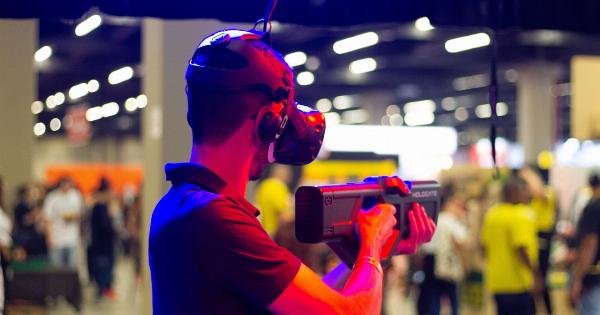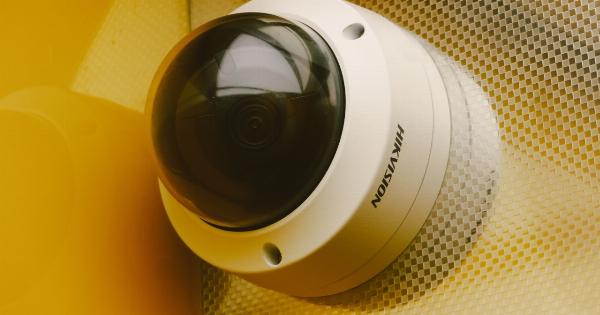Smart technology has revolutionized the medical industry by providing healthcare professionals with real-time data about their patients.
One area where this technology has made a significant impact is in the early detection of potentially harmful patients.
What is smart technology?
Smart technology includes a range of devices that use artificial intelligence and machine learning to collect and analyze data.
These devices include wearables, sensors, and mobile apps that record a variety of biometric data, such as heart rate, body temperature, and blood pressure.
How is smart technology being used in healthcare?
Smart technology is being used in healthcare in a variety of ways, including:.
- Remote patient monitoring
- Predictive analytics
- Electronic health records
- Messaging systems
- Automated check-in and appointment reminders
Early detection of potentially harmful patients
One of the most significant benefits of smart technology is in the early detection of potentially harmful patients.
Healthcare professionals are using smart technology to monitor patients’ biometric data in real-time, which allows them to detect any changes in their health status quickly.
For example, a patient who has a history of high blood pressure may be given a wearable device that monitors their blood pressure continuously.
If the device detects any significant changes in the patient’s blood pressure, it will alert their healthcare provider, who can then take action to prevent the patient from experiencing a stroke or heart attack.
Automated patient screening
Another way that smart technology is being used to catch potentially harmful patients is through automated patient screening.
Healthcare facilities are using machine learning algorithms to analyze patient data and identify patients who may be at risk for developing a particular condition.
For example, a healthcare facility may use an algorithm to analyze electronic health records and identify patients who have a high risk of developing diabetes.
The algorithm will look for risk factors such as age, family history, and BMI, as well as other health indicators such as blood pressure and glucose levels.
Once the algorithm has identified the patients who are at high risk for developing diabetes, healthcare professionals can intervene to prevent or delay the onset of the disease.
Predictive analytics
Predictive analytics is another way that smart technology is being used to catch potentially harmful patients.
Predictive analytics uses machine learning algorithms to analyze massive amounts of healthcare data and predict which patients are most likely to develop a particular condition.
For example, a healthcare provider may use predictive analytics to analyze data on thousands of patients who have been diagnosed with colon cancer.
The algorithm will look for patterns in the data and identify patients who are at high risk of developing the disease.
Once the algorithm has identified the patients who are at high risk for colon cancer, healthcare providers can take steps to prevent or detect the disease early.
Remote patient monitoring
Remote patient monitoring is another way that smart technology is being used to catch potentially harmful patients.
Remote patient monitoring involves the use of wearables and other devices that allow healthcare providers to monitor patients’ biometric data from a distance.
For example, a patient who has just been discharged from the hospital may be given a wearable device that monitors their heart rate, blood pressure, and body temperature.
The device will transmit this data to their healthcare provider, who can monitor the patient’s condition and take action if any abnormalities are detected.
Benefits of smart technology in healthcare
Smart technology provides several benefits over traditional healthcare approaches, including:.
- Improved patient outcomes
- Reduced healthcare costs
- Increased patient engagement
- Greater efficiency
- Increased accuracy and precision
Conclusion
Smart technology has transformed the healthcare industry by providing healthcare professionals with real-time data about their patients.
One area where smart technology has made a significant impact is in the early detection of potentially harmful patients. By using smart technology to monitor patients’ biometric data in real-time, healthcare providers can detect any changes in their health status quickly and take action to prevent them from experiencing a serious medical event.




